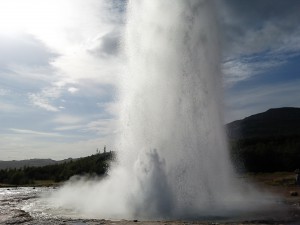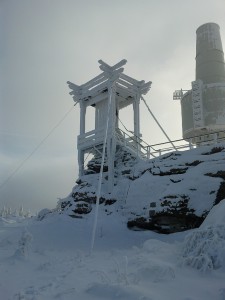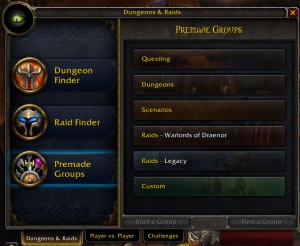2014
During my ongoing literature review I often discover interesting facts about things I’ve never thought about. Sometimes I can connect these facts with my own observations: The result is mostly a completely new idea why things are as they are. Maybe these ideas are new to you, too. Therefore I’ll share my new science based knowledge with you!
This week: This time, I think about a few of the highlights of the last 12 months.
2014 is coming to a close and so it is time to look at some of the Learning-by-Gaming statistics of 2014. In general, it was a good year for my small blog and my „Finding of the week“(Fotw) series. I managed to publish 52 (this one included) Fotw-articles this year–one article per week. Most of them were about a computer game related topic[1] but also astronomy[2] and spaceflight[3] played an important role. Three of this year’s articles were even written during my journey across Iceland[4]. I even came up with an interesting game concept, but I have not found a good way to realize it yet[5].
My research is also making good progress. I managed to complete two research projects during this year. One was the development of a game based learning simulation and the other project has put a particular computer game to a test, if it helps to increase the learning outcome of students. Moreover, the project helped me to identify a few more connections between certain game mechanics and a potential educational use. The next year will start right away with the writing of two papers to make my results available to the whole science community.
This year was also the first time that I experienced geothermal activities: I was able to travel to Iceland for a bit longer than 2 weeks. Also, it was another confirmation that I really like harsh environments. I really enjoyed driving through huge areas covered in volcanic ash, climbing on top of mountains, and being exposed to the elements. Now, I need to find a way how I can combine my research with a stay at a research station in Antarctica or on Spitzbergen.
Finally, I was enjoying several online courses on coursera.org. It is really interesting watching lectures from scientists from all over the world. However, during the second half of the year, I had not enough time to continue this new hobby.
All in all, 2014 was a great year full of new experiences and it is really sad, that it is already over. However, the next year could result in even better experiences and so I am excited to see what the future has in store for us.
I wish all of you a Merry Christmas and a Happy New Year!




